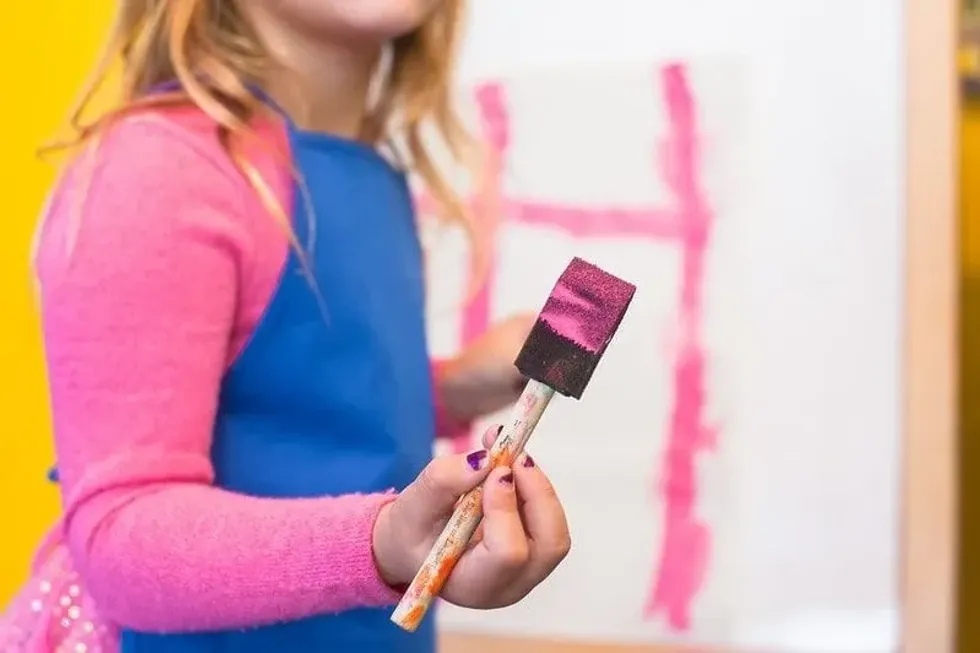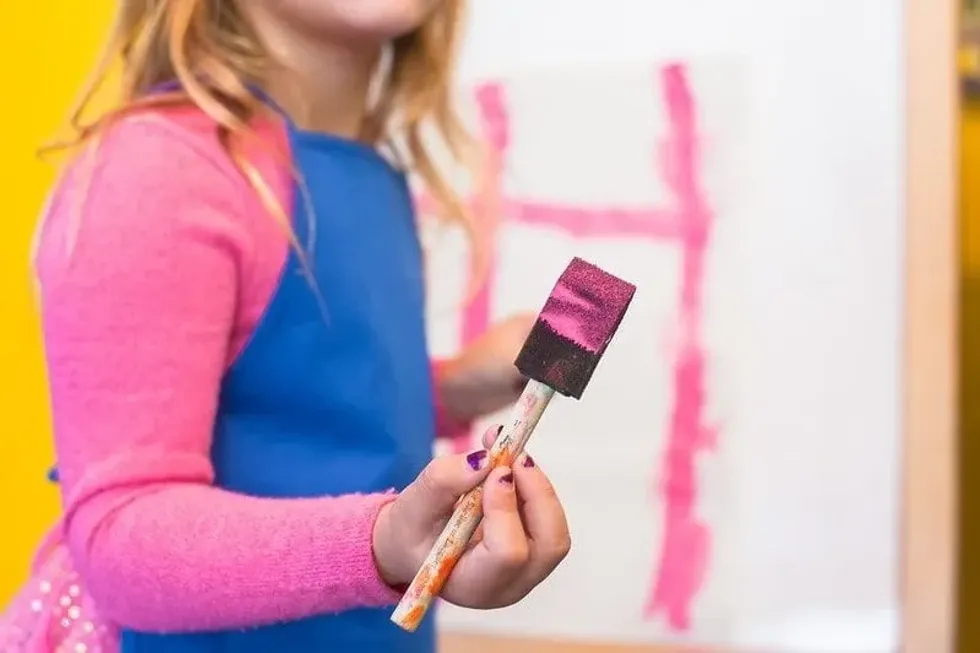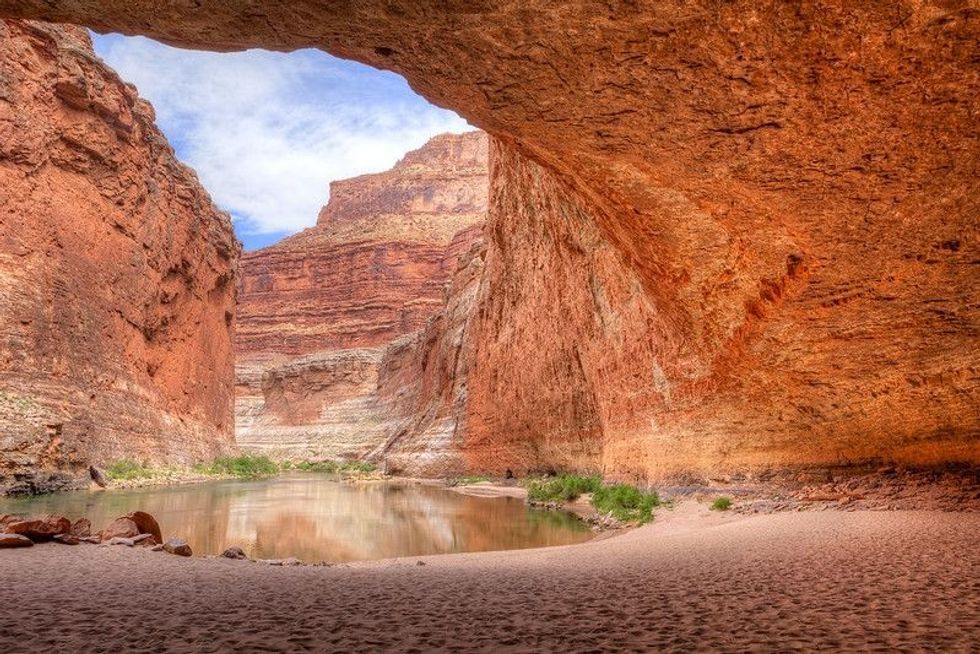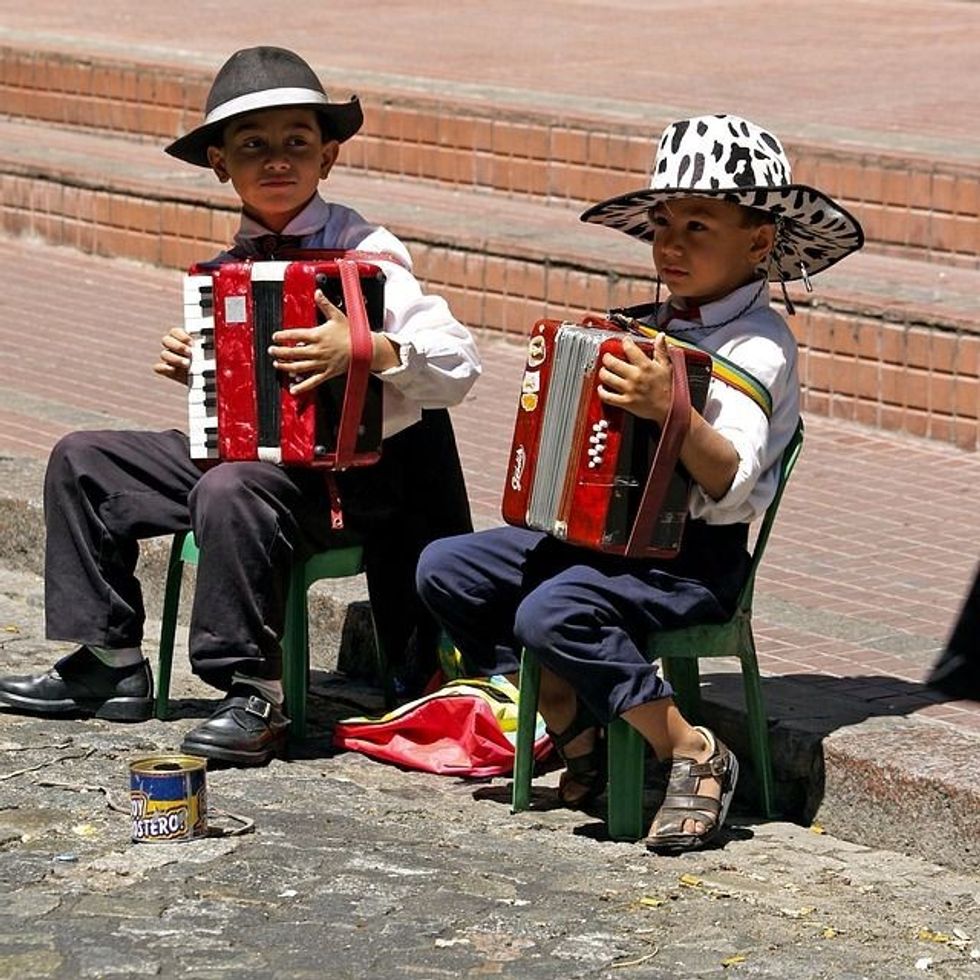The Vikings (KS2) is a fun history topic for kids to learn about, with a surprising amount of opportunities to create.
Chances are, they may be familiar with Vikings from cartoons, though the creative elements may remain a mystery. Here's where Kidadl comes in: find out about what kids will learn about the Norse people, their significance and their art.
Who Were The Vikings?
The Vikings were a group of people who settled in Britain between 700AD and 1050AD. They came from an area known as Scandanavia, northwestern Europe.
Scandanavia is where countries such as Sweden, Denmark and Norway are today. They arrived to invade Britain, leaving their homeland in pursuit of better farming land.
Battle after battle took place against the Vikings before they eventually left, but their impact made in their time here was long-lasting. For example, many placenames in Britain today are Viking names, such as those ending in 'by', like Derby and those ending in 'thorpe', like Scunthorpe.
Also known as Norsemen, Vikings spoke a language called Norse which had its own alphabet consisting of runes. Think of runes as the letters that form our alphabet.
When Will KS2 Kids First Learn About Vikings?
Teaching about Viking Britain begins in Year 3, lower Key Stage 2. As KS2 pupils develop their knowledge of British history, more understanding is gained about the struggle for territory over Britain. This is where Viking history fits in. KS2 kids will learn about:
-The invasion and raids of the Vikings in the eighth century.
-How rulers in England fought to resist the Vikings and retain their territory.
-Persistent efforts by the Vikings to claim the British Isles through further invasions.
-Laws and efforts to keep the peace between the British people and the Vikings.
-Prominent figures in Viking Britain who ruled and fought, such as Edward The Confessor.
What Are Kids Taught About Viking Art?
In history lessons or art lessons, KS2 pupils may learn about Viking art, for its lovely patterns and seven different styles. Theses are:
-Oseberg (790AD to 850AD)
-Borre (850AD to 950AD)
-Jellinge (900AD to 980AD)
-Mammen (970AD to 1020AD)
-Ringerike (1000AD to 1070AD)
-Urnes (1050AD to 1150AD)
Nordic art, or Viking art, was created to make the everyday object look special. Viking art wasn't aimed at anyone in particular, it was just popular culture at the time for everything to be decorated. Anyone could show their skills on the objects they had at home.
From the helmet to the shield to the ear-scraper, nearly everything was adorned. The dragon was an important symbol among the Viking people, symbolising strength and bravery. Consequently, you're quite likely to see a dragon carved onto a Viking building, or on Viking jewellery.

Image © Dzianis Sukhavarau
Viking KS2 Art Activities
Owing to the practicality of Viking art, it's very easy for parents to help kids better understand this at home. With an abundance of Viking art activities to try, here are some Viking arts and crafts suggestions for kids to create and make use of:
-Create a mini shield out of Play Doh and carefully engrave it.
-Make your own Viking boat, get some small toy people and pretend to invade different parts of your home!
-Draw your own Viking dragon, with elongated swirling patterns.
A little research on Viking symbols and Norse patterns will go a long way when it comes to pattern inspiration. Have fun making!
KS2 Tutorial - How To Make Viking Jewellery:
Viking jewellery was intricate, well-made and of great value to the wearer. Both men and women adorned themselves with jewellery, developing the Viking style from the countries they had visited. These included necklaces, rings, bracelets and brooches.
Some of the skills required were carving, engraving and hammering. Poorer Vikings often used bones from the animals they'd eaten, pewter (a grey mixture of metals) or bronze to make their jewellery. Those who were wealthier would use gold and silver.
Take a look at this fabulous tutorial to help kids develop their art skills and make their own Viking brooch!
You Will Need:
-Cardboard
-Yarn
-Aluminium foil
-PVA glue
-Acrylic paint
-Small paintbrush
-Plastic jewels
Method:
1) Cut out some cardboard (the size of a cookie) in a loose rectangular shape with rounded corners.
2) Take some yarn and glue some on top of the cardboard, in a swirling pattern. Cut off excess.
3) Use some more glue to cover the yarn and cardboard with foil (shiny side up).
4) Use your fingers to flatten smooth the foil around the yarn, so that it stands out under it.
5) Paint over the yarn outline in your favourite colour of acrylic paint.
6) Stick some jewels on, decorate and you're done!

Image © Arthur ASCII
KS2 Tutorial - How To Make A Viking House Model:
A popular Viking building in the Viking Age was the longhouse. It was long, with a tapered roof. Put your skills to the test and try building this square version using toothpicks!
You Will Need:
-Wooden toothpicks (the real Viking houses were made of wood too).
-Glue.
Method:
1) Take four toothpicks and set them down on a flat surface, in the shape of a square. Glue the corners together so that they overlap a little bit.
2) Take four more toothpicks and glue each one on top of a toothpick on the base layer.
3) Keep glueing toothpicks on top of one another, to increase the height of the longhouse.
4) Once at the desired height, take two toothpicks and glue them together in a 'v' shape, with the ends overlapping slightly. Then make another. The tip of each 'v' will form part of your roof.
5) Take each toothpick 'v', turn it upside down, and glue the ends to one side of the longhouse (so that the 'v' is upside-down at the top of the longhouse), forming the start of a roof at one end.
6) Take the other 'v' and glue it in the same way to the other end of the roof.
7) Pick up one toothpick, apply glue to both ends, and glue to the points to the inside of each 'v', connecting them together.
8) Glue the remaining toothpicks along the roof to the connecting toothpick, to build up the rest of the roof.
9) Paint and decorate your Viking longhouse!
Tip: For a more advanced longhouse model, why not try using lollipop sticks?










